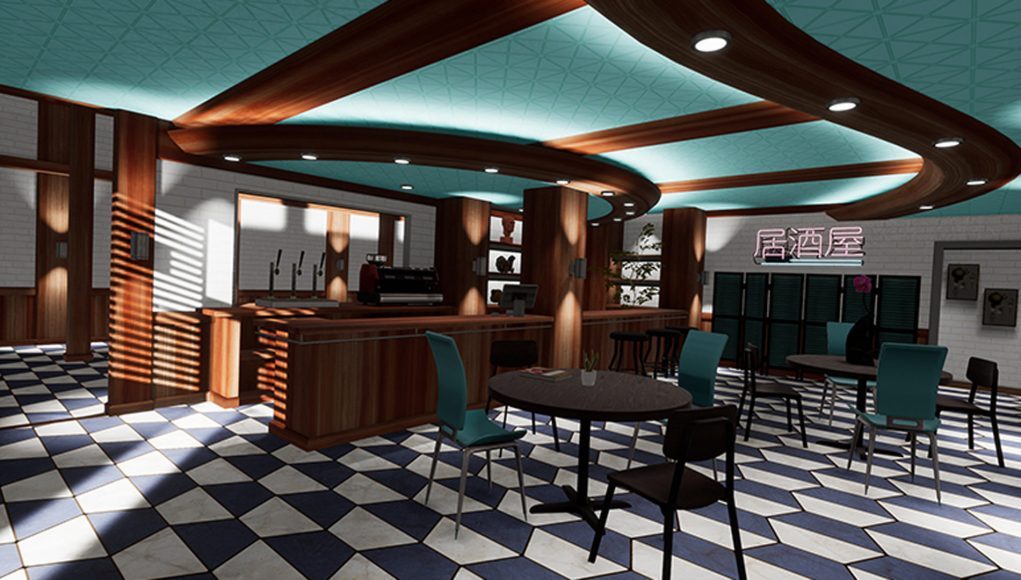

The Government of the Islamic Republic of Iran has been in power since the Iranian revolution overthrew the Pahlavi dynasty, the nation’s last royal dynasty, in 1979. 16, which authorities attribute to a “heart attack,” became an international symbol of the continued oppression faced by women under the Iranian regime. Women are at the frontlines, fighting a war against a theocratic, tyrant regime.”Īmini was arrested by Iran’s “morality police” last month for allegedly not wearing her hijab properly, per the country’s strict dress laws. “The significance of this event is the mantra: woman, life, freedom,” said Mansourian, a mother of three and one of the organizers of the vigil. At the candlelight vigil for Mahsa Amini at Courthouse Square in Redwood City. Just two weeks after Amini died at the hands of Iranian police, she became the focal point of an emotional candlelight vigil on Redwood City’s Courthouse Square.Ī crowd of nearly 70 residents gathered in the plaza Monday evening to honor the young woman’s life, exchanging hugs, tears, words of comfort and fervent calls to action. This fight for autonomy reignited in Iran last month with the death of 22-year-old Mahsa Amini, and has since spread to nations around the world.

So, at 9 years old they have become sexualized because they’re told: Your hair represents misogyny. Unlike her own daughter, Mansourian said, “The women in Iran, at 9 years old, are told to wear a scarf, without a choice. “That’s how we actually explain the situation to our children: In Iran there is no choice and therefore it is wrong.” “Bodily autonomy is a human right…The hijab is a personal decision that should not be made or enforced by a government,” she said. Though her eldest daughter Neeka, now 5 years old, was born and raised in the United States, Niloofar Mansourian said she’s already talking to her about human and religious freedoms. For many young Iranian-American girls, the conversation around bodily autonomy begins early.


 0 kommentar(er)
0 kommentar(er)
